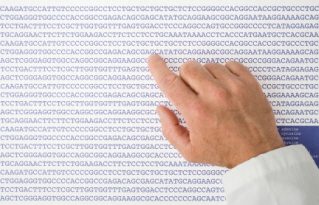1.Genetic genealogy is only for hardcore genealogists.
Wrong!If you’ve ever wondered about the origins of your DNA, or about your direct paternal or maternal ancestral line, then genetic genealogy might be an interesting way to learn more.Although DNA testing of a single line, such as through an mtDNA test, will only examine one ancestor out of 1024 potential ancestors at 10 generations ago, this is a 100% improvement over 0 ancestors out of 1024.If you add your father’s Y-DNA, this is a 200% improvement.Now add your mother’s mtDNA, and so on.However, with this in mind, please note the next myth:
2.I’m going to send in my DNA sample and get back my entire family tree.

